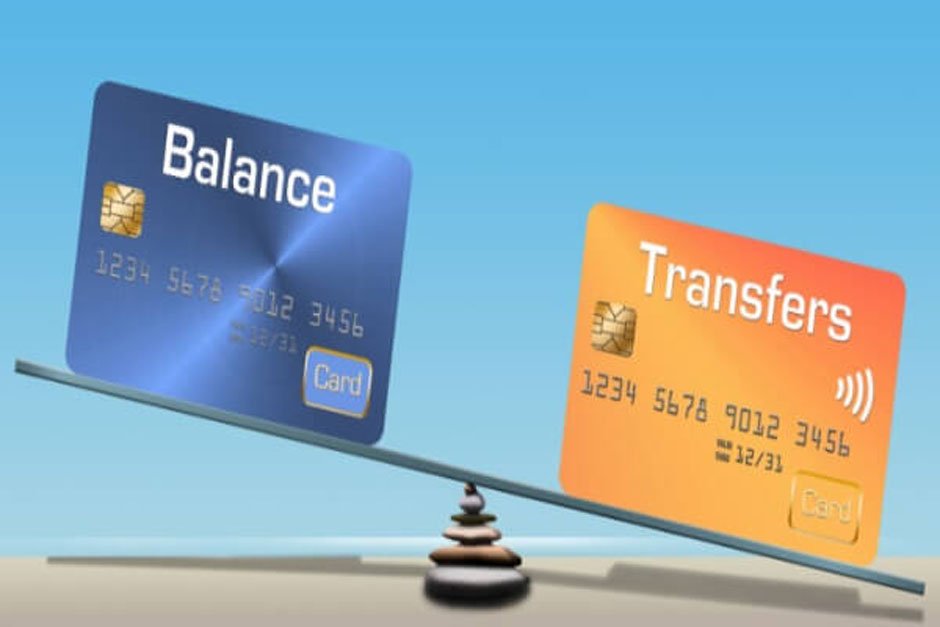Balance transfers can seem like a great solution to your credit card debt. After all, who wouldn’t want to pay 0% interest for a while and have more time to pay off their balance? It’s easy to see why balance transfer offers are so appealing, especially when you’re looking for ways to manage debt more effectively. But, just like any financial offer, there are some catches to be aware of.
If you’re currently in a situation where you’re considering debt settlement programs or thinking about how to tackle your credit card debt more efficiently, balance transfers might seem like a quick fix. However, before jumping on an offer that promises low interest rates, it’s important to understand what could go wrong. So, let’s take a closer look at the potential pitfalls and what you really need to know before making the move.
The Introductory 0% APR: Too Good to Be True?
The most attractive feature of balance transfer offers is usually the introductory 0% APR for a certain period—often anywhere from 6 to 18 months. During this time, you’re not charged any interest on the transferred balance, which can make paying off your debt easier. This can be especially helpful if you have high-interest credit card debt that you’re struggling to pay down.
The Catch: The 0% APR is temporary, and if you don’t pay off the balance within the promotional period, the interest rate can skyrocket once the offer expires. It’s important to know what the regular APR will be once the promotional period ends. It could be much higher than the rate on your original card, making it easy to fall back into a debt cycle.
So, while the 0% APR sounds like a dream, the reality is that if you’re unable to pay off the full balance by the end of the introductory period, you may end up paying a lot more in interest than you originally intended.
Balance Transfer Fees: The Hidden Costs
While the 0% APR is often the biggest selling point, balance transfer offers come with another potential downside: balance transfer fees. Most credit cards charge a fee for transferring a balance, typically around 3% to 5% of the total balance transferred. For example, if you transfer $5,000, you might be looking at a fee of $150 to $250.
The Catch: These fees can add up quickly and reduce the savings you get from the 0% APR. In some cases, the balance transfer fee could even outweigh the benefits of transferring your balance in the first place. If you’re transferring a large balance, make sure to calculate the fee and see if the 0% interest truly justifies the cost.
Before committing to a balance transfer, consider whether the long-term savings on interest will offset the initial transfer fee. If you’re not sure, it might be worth exploring other debt management options, like a debt settlement program, which could help you reduce your overall debt without incurring additional fees.
Limited Time and Timing: The Clock is Ticking
Many balance transfer offers come with a limited window to take advantage of the 0% interest rate. This promotional period is typically between 6 and 18 months, which means you have to act quickly. If you’re transferring a large balance, you’ll need to make a plan to pay off the debt in full before the interest rate increases.
The Catch: If you don’t pay off the balance during the introductory period, you could end up paying significantly more in interest. Also, some balance transfer cards charge interest on the transferred balance immediately if you fail to make your payment on time. So, missing even a single payment could result in paying high interest rates on the remaining balance.
It’s crucial to be realistic about your ability to pay off the debt within the given time frame. If you’re unsure, the promotional rate might not be the best option, especially if you could end up accumulating more debt.
The Risk of Accumulating More Debt
One of the less commonly discussed downsides of balance transfers is the potential to keep accumulating more debt. While transferring a balance to a new card with a 0% APR can give you breathing room, it can also make it easier to continue using the old card or open new lines of credit.
The Catch: With a lower interest rate on your transferred balance, it can be tempting to use your newly available credit limit for new purchases. This can quickly lead to even more debt. Worse, if you don’t pay off your new purchases in full each month, you could end up paying high interest rates on that new debt, defeating the purpose of transferring your balance in the first place.
To avoid this, it’s important to create a strict budget and stick to it. Only use the balance transfer card for the transferred debt, and avoid racking up new charges. If you find that your spending habits are causing more debt, you may want to consider a more structured solution, such as debt counseling or exploring debt settlement programs to tackle your financial situation.
What Happens If You Miss a Payment?
With many balance transfer offers, your 0% interest rate can be jeopardized if you miss a payment, even by a day. Some credit card companies may revert your APR to a much higher rate or impose penalties if you’re late.
The Catch: Missing a payment can cost you the introductory 0% APR, meaning you’ll start accruing interest on the balance at the regular rate. This can lead to a sudden spike in the amount you owe, which can quickly undo any progress you’ve made in paying down the debt.
Set up automatic payments to ensure you don’t miss any due dates. If you’re someone who struggles to remember deadlines, you can use your phone or online calendar as reminders to pay before the due date each month.
The Long-Term Impact: Is It Worth It?
Balance transfers can offer short-term relief, but the long-term impact should not be underestimated. While they can save you money on interest during the promotional period, the fees, interest rate hikes, and potential for accumulating more debt mean they might not be the perfect solution for everyone.
The Catch: If you don’t take the time to understand the full cost of the balance transfer, it could lead to a deeper financial hole. That’s why it’s important to assess whether you can realistically pay off the balance before the promotional period ends and whether the fees outweigh the savings on interest.
Final Thoughts: Balance Transfers Are Not Always the Easy Fix
While balance transfers can offer relief from high-interest credit card debt, they come with their own set of risks and conditions. To make the most of a balance transfer, it’s important to be aware of the potential fees, the limited time frame for the 0% APR, and the risk of accumulating more debt. If you’re not confident that you can pay off the balance within the promotional period or if you’re worried about the additional fees, it might be worth considering other options, like debt settlement programs.
If used wisely and responsibly, a balance transfer can help you save money and pay down debt. However, it’s crucial to carefully read the fine print, understand your limits, and ensure that you’re in a position to pay off the balance before the interest rate hikes kick in. With the right plan, a balance transfer could be a helpful tool in your financial strategy.




